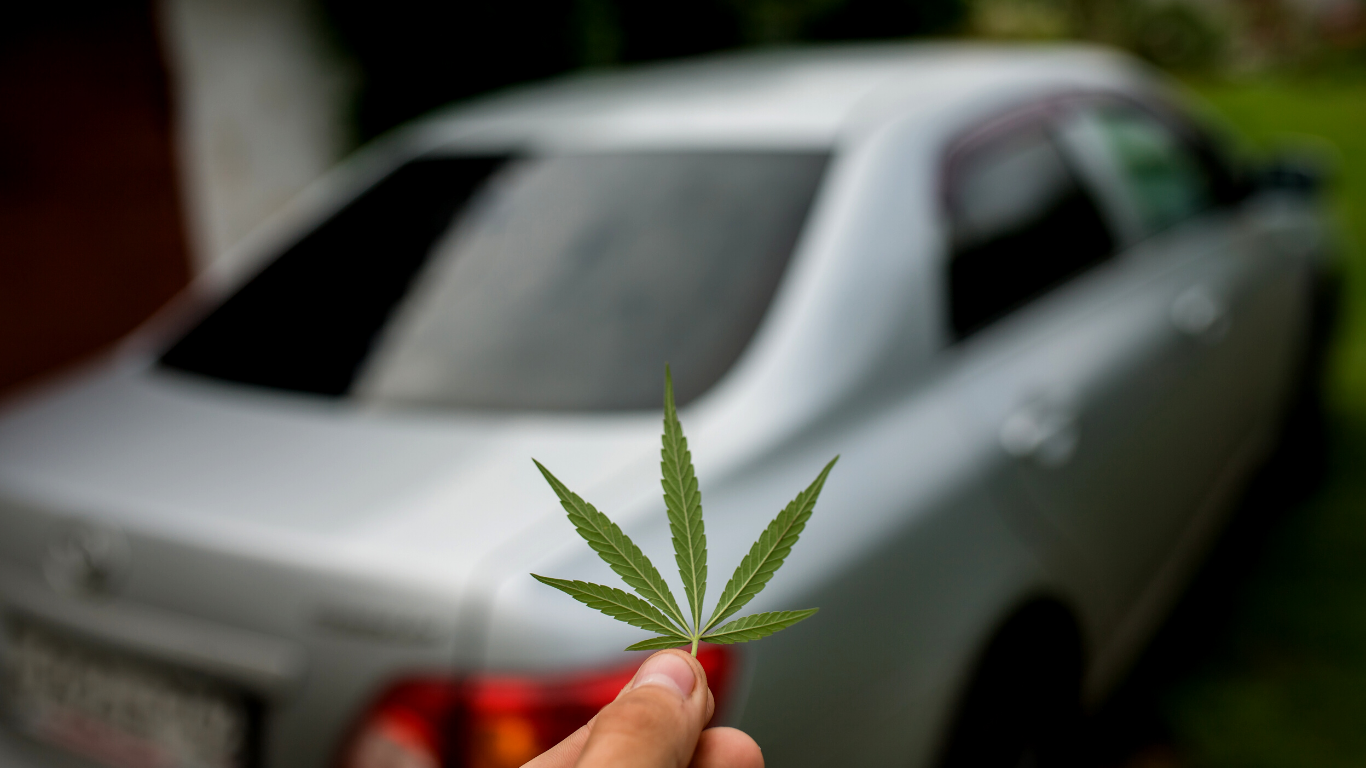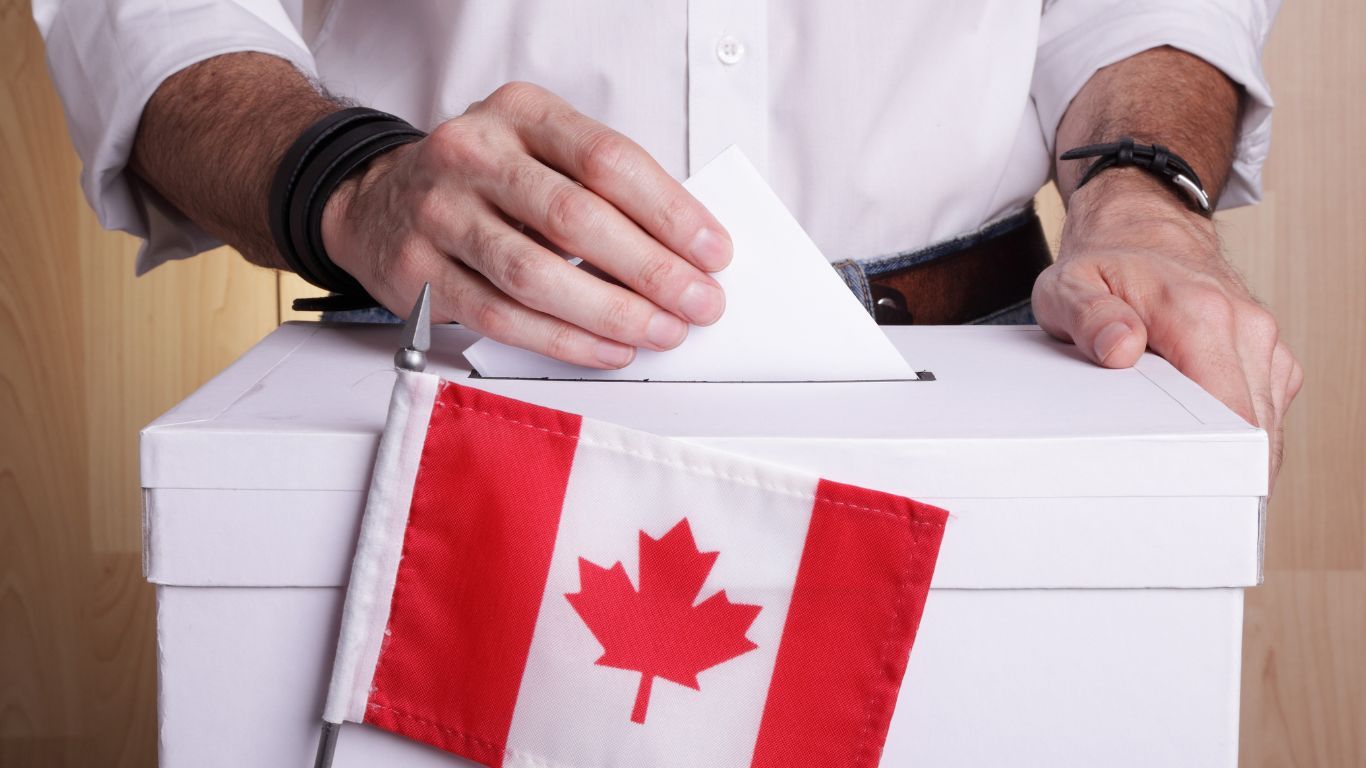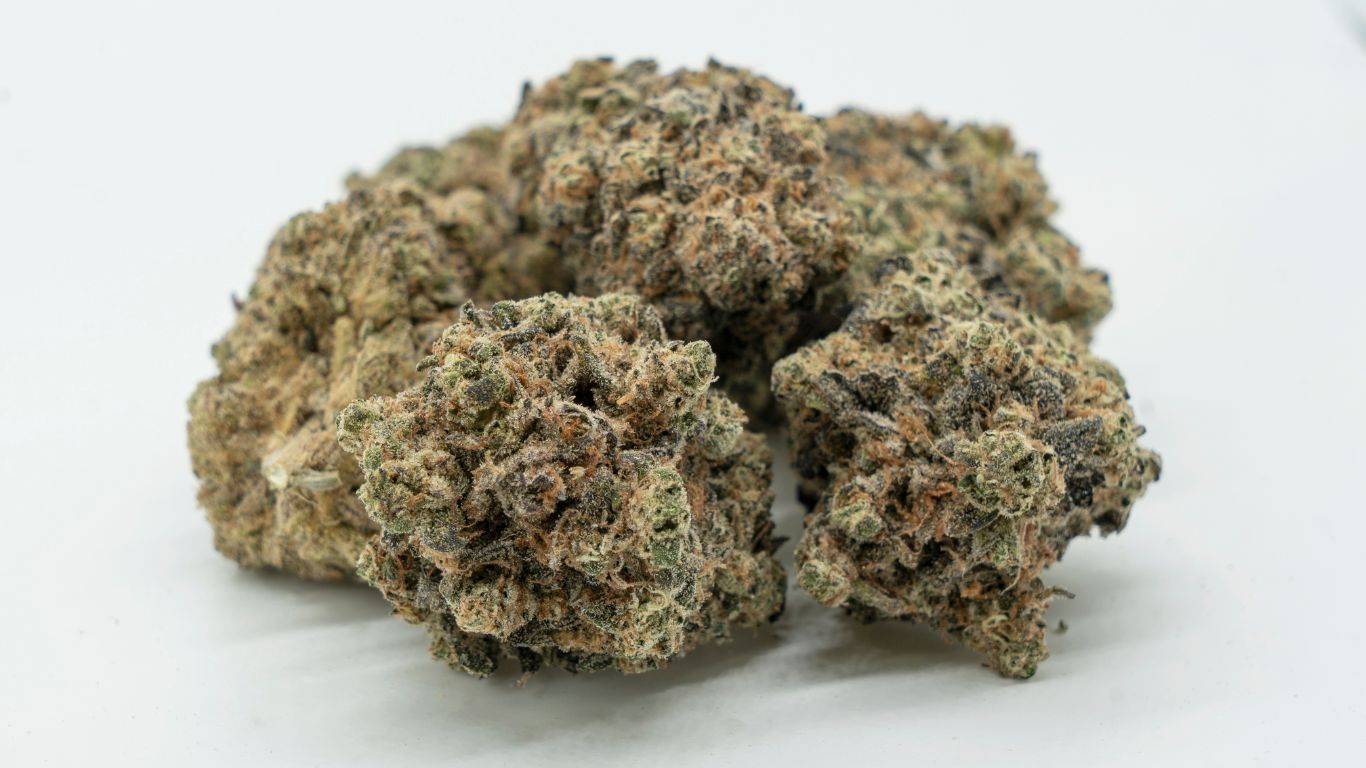
Researchers in Australia have recently published a meta-analysis of research looking at the complex world of measuring and quantifying cannabis impairment.
While the overview again confirms that cannabis can cause impairment for drivers, it also highlights some of the challenges when trying to measure impairment or enforce laws around cannabis-impaired driving.
Factors such as how often a person consumes cannabis or what type of cannabis product they have used and how it was ingested mean it’s difficult to have a one-size-fits-all approach to dealing with THC-impaired driving.
Highlighting another issue, a similar study was recently released, also out of Australia, that argues CBD has no such impairing effects on drivers (although it can still trigger a positive on various drug detection devices).
In the meta-analysis, most drivers who did consume THC were able to drive within five hours after inhaling 20mg of Delta-9 THC, the psychoactive ingredient most associated with cannabis’ “high”. Current Canadian guidelines recommend waiting at least six hours following cannabis use prior to driving.
A recent online survey, conducted in January 2022 by EKOS for Public Safety and Emergency Preparedness Canada says one-third of Canadians who report having used cannabis within the previous year say that they have driven under the influence.
One of the most comprehensive reviews of available research on the subject, the meta-analysis breaks down cannabis users into several categories, from being “cannabis naive” and having no experience ever, to using once or twice, one to four times a month, one to four times a week, or more than four times a week.
Results following consumption looked at an array of potential impairment issues such as divided attention, information processing, conflict control, reaction time, and motor function. It also distinguished between methods of consumption, from oral, vaporized, or smoked, and then analyzed the potential impairment issues based on the mode of consumption.
Researchers conclude “there appears to be no universal answer to the question of “how long to wait before driving?” following cannabis use” and instead urge policymakers and consumers to consider the various factors that can contribute to impairment when considering the appropriate amount of time between consumption and driving or other “safety-sensitive tasks”.
Regular users, or those using for medical purposes, may have higher degrees of tolerance to cannabinoids than less frequent users, noting that regular cannabis use was associated with less cognitive impairment following acute Delta-9 THC administration.
The meta-analyses also noted a trend for a positive effect of THC on driving speed, although the trend was considered non-significant.
It also identified a small number of studies that looked at the acute effects of THC on “driving-related cognitive skills in clinical populations (e.g. psychotic disorders, diabetic neuropathy, Tourette syndrome, attention deficit hyperactivity disorder [ADHD], dementia).”
Although researchers note that the medical conditions studied were too diverse to draw significant conclusions, it highlighted that some consumers with these kinds of disorders or related medical issues may have their driving performance improved by low doses of cannabis that would counteract issues such as decreased hyperactivity and impulsivity in ADHD, or decreased neuropathic pain.
Despite these varying factors and nuance from the type of consumer, body weight, experience with cannabis, or underlying medical issues, cannabis impairment laws focus on the detection of cannabis rather than only signs of impairment. Because of this, the study concludes consumers should wait at least 5 hours after consuming cannabis before driving.











